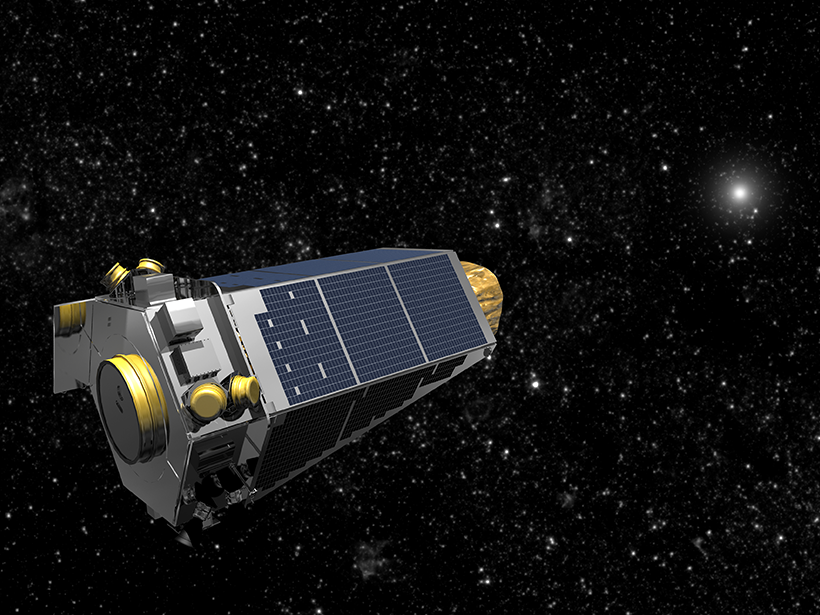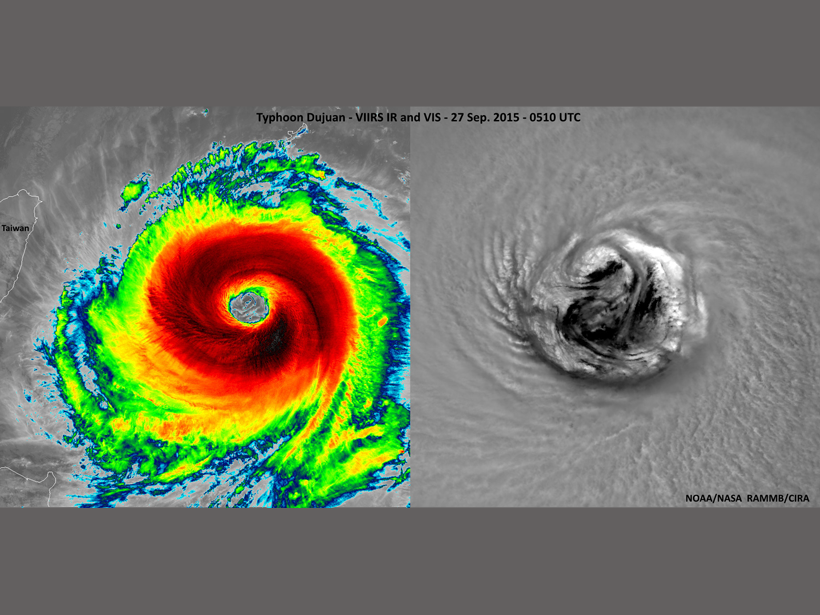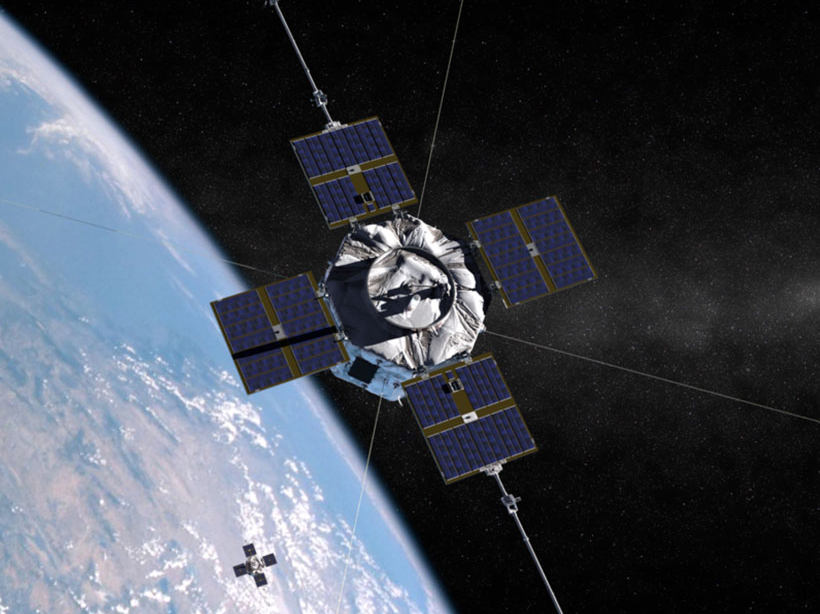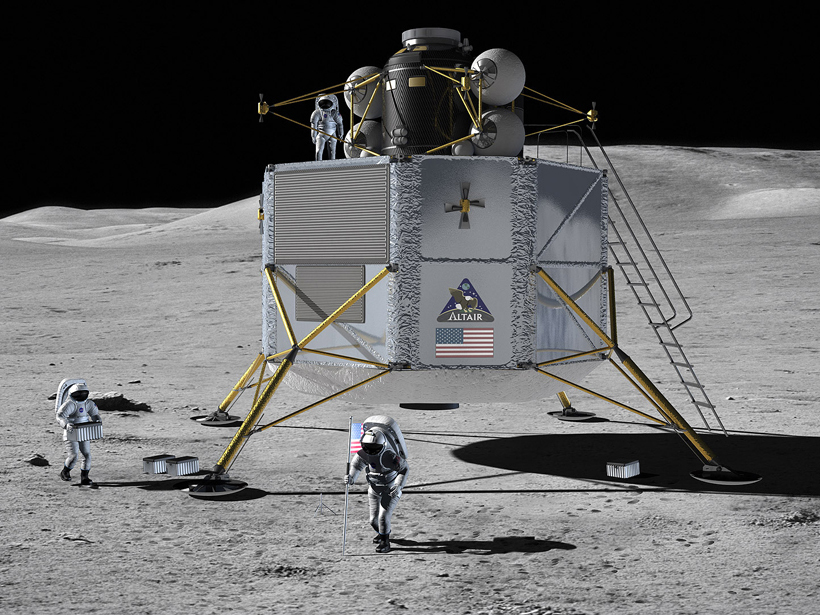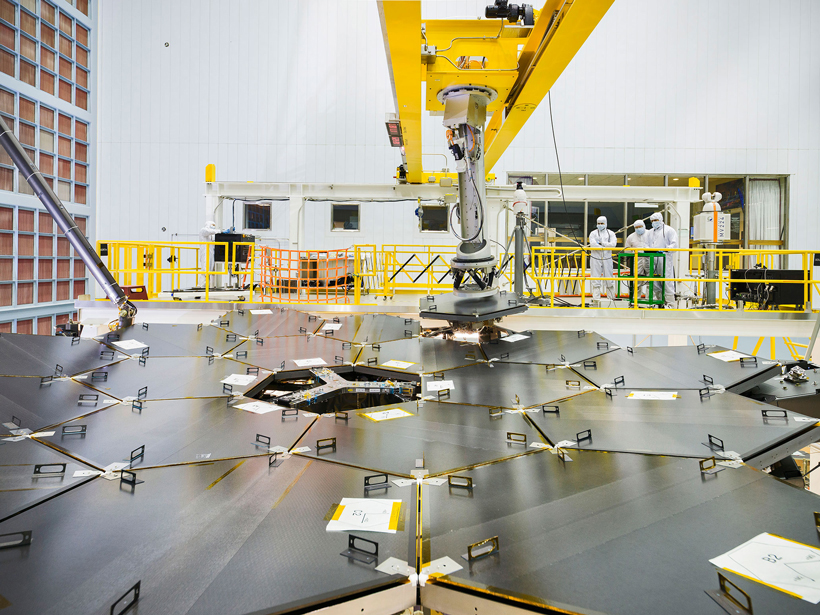NASA's latest mission to Mars has uncovered the origins of fast-moving streams of particles high above the planet, flowing against the solar wind.
NASA
Satellite Radar to Observe Earth’s Changing Surface
NASA-ISRO SAR Mission Science and Applications Workshops; Ahmedabad, India, 19–20 November 2015
Largest Haul of Newly Verified Exoplanets Announced
About 550 of the planets could be rocky like the Earth, and nine of the planets orbit within their star's habitable zone.
Electrons Thrown Off Course in Near-Earth Magnetic Reconnection
NASA Magnetospheric Multiscale (MMS) mission detects energy differences in electrons scattered by magnetic reconnection.
Joint Polar Satellite System Algorithm Team Reviews Past, Future
Center for Satellite Applications and Research Joint Polar Satellite System Annual Science Team Meeting; College Park, Maryland, 24–28 August 2015
Radiation Belt Processes in a Declining Solar Cycle
The Van Allen Probes began an extended mission in November to advance understanding of Earth's radiation belts.
Congress Tussles over Bill to Provide Stability to NASA
Witnesses at a congressional hearing highlighted the need to provide stability to NASA but were lukewarm in supporting specific provisions of the proposed Space Leadership Preservation Act.
Proposed NASA Budget: Earth Science Up, Planetary Science Down
A new line item for space transportation would support NASA partnerships with commercial spaceflight vendors and reduce dependence on Russia for transporting astronauts.
Final Mirror Segment Added to Powerful Future Space Observatory
After years of planning, testing, and assembly, the James Webb Space Telescope, the world's largest infrared, space-based observatory, is taking shape.
Claudia Joan Alexander (1959–2015)
Alexander is remembered for her leading role in the Galileo and Rosetta missions and her efforts to encourage women scientists from underprivileged and underrepresented groups.



